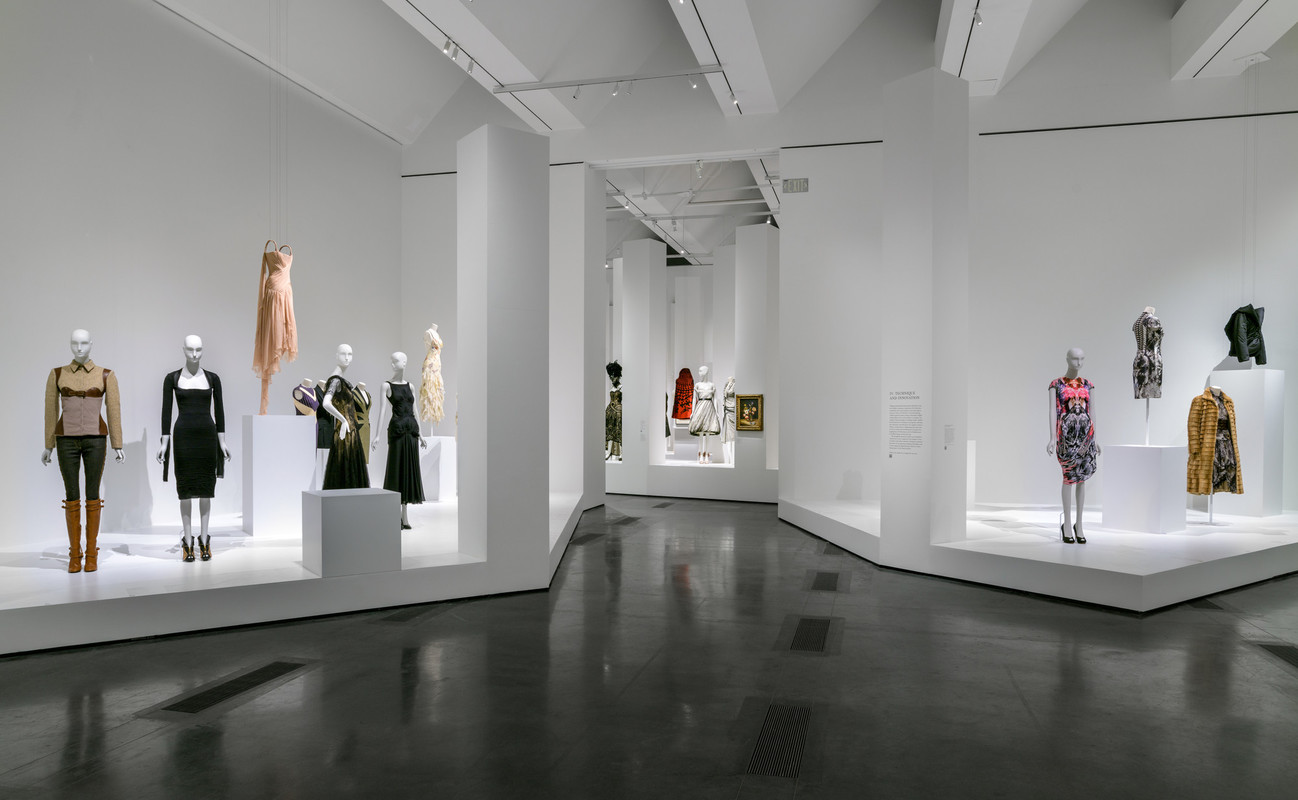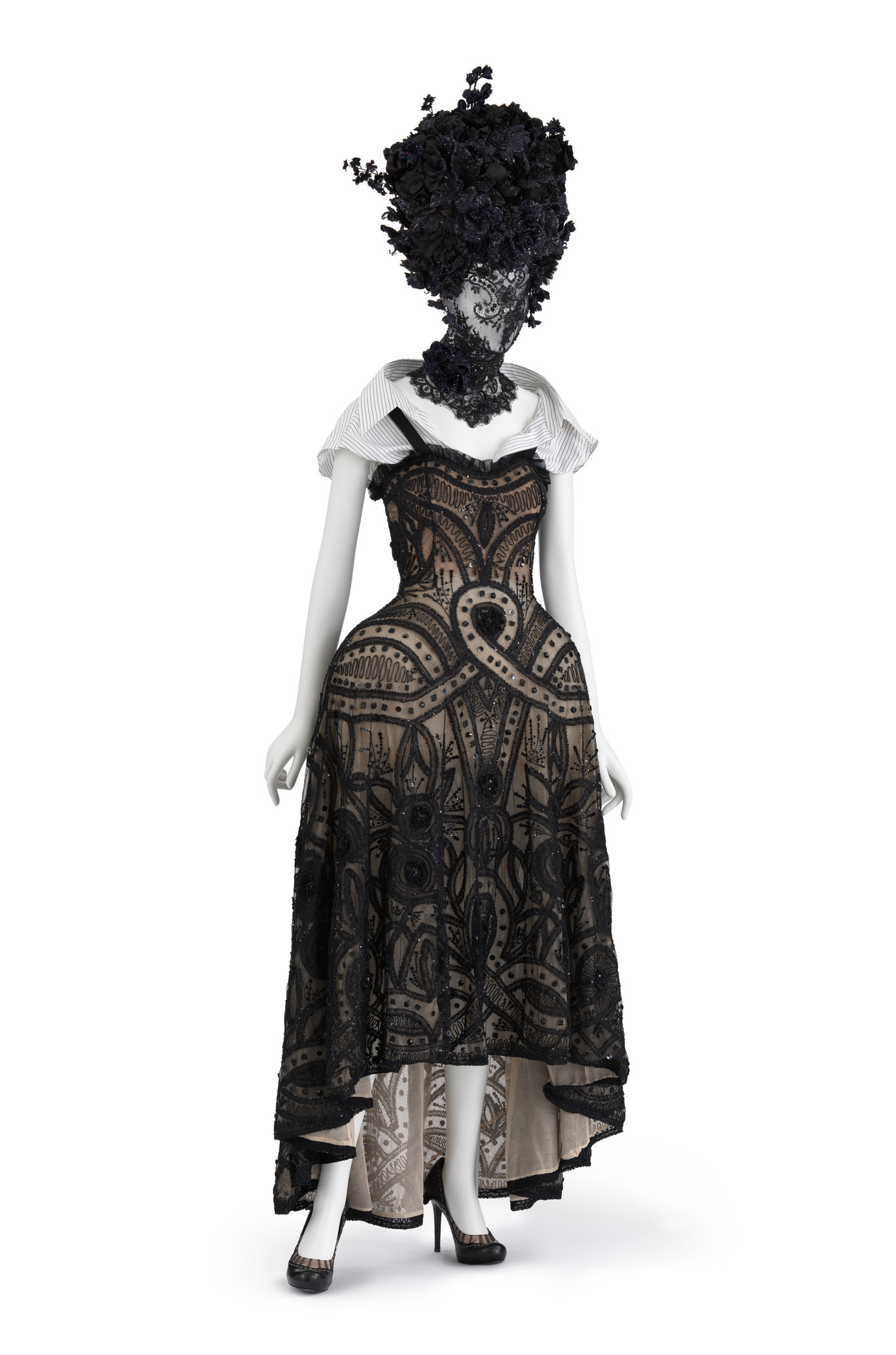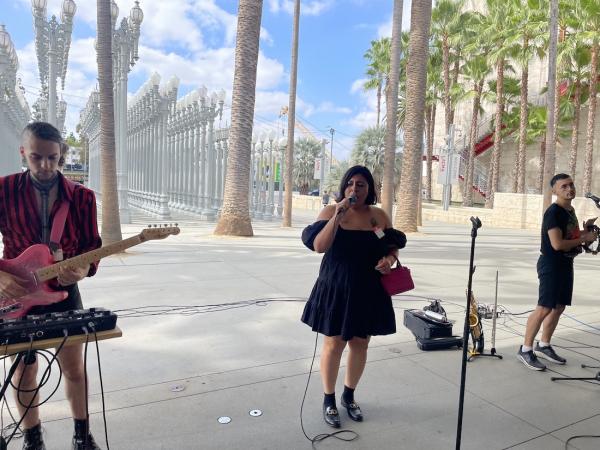This post uses the term “queer” to refer to those who identify with the LGBTQ+ community. The term has been embraced as a way to claim a place in the community without the need to specify one’s identity with a more specific label, as well as to include those belonging to multiple intersecting identities.
Nightlife has been a fixture in LGBTQ+ culture for over a hundred years. Often discussed as a phenomenon of the 1980s, the queer ballroom scene actually dates back to as early as the 1890s. These halls were a place where Black queer people could draw on the familiar art of performance, a hallmark of Black queer culture through the ages, and safely express their non-normative gender/sexual identities outside of the race, class, gender, and sexual norms being constructed in the Northern cities at the turn of the century. These underground balls were places where young, impoverished queer Black and brown queer people could congregate safely, developing a culture and language that was uniquely their own. Over time, the queer nightlife scene has evolved to take on many forms. Ballroom still thrives today, but there are also warehouse parties, gay bars, lesbian bars, drag shows, and burlesque performances, to name a few.

An integral part of this scene is the imagination and fantasy of queer youth, which thrive under extremely limited resources. Walking in a ball or simply going to the club requires that you find ways to look and feel your best with whatever materials are at hand. This DIY spirit in fashion and queer nightlife culture deeply resonated with us here at LACMA, specifically when thinking about the designs and biographical background of Lee Alexander McQueen. A self-identified punk in his youth, he was part of a culture that challenged societal norms and disrupted gendered fashion conventions. Further, his identity as a young gay man from the working class positioned him as an outsider in his industry, as well as in society at large. He strived to empower the women who wore his clothes, an idea that drives the passion and creativity of the current queer DIY community here in Los Angeles.
To commemorate the closing of the exhibition Lee Alexander McQueen: Mind, Mythos, Muse, LACMA has collaborated with fashion designer Oscar Olima and singer-songwriter San Cha to craft a performance of artistry and exuberance reminiscent of the spirit of McQueen and L.A.’s queer nightlife community.
Oscar Olima is a fashion designer born and raised in Los Angeles and founder of OLIMA Studios. The designer started out in the DIY scene, working with materials at hand and relying on his community for support. Since the pandemic, Olima has focused on making pieces for his clients, who include artists and performers such as MARINA, Carla Morrison, and Jarina de Marco. Olima has said he feels inspired when working directly with artists—this can certainly be said about his relationship with San Cha, who is his muse.
Lizette Gutierrez started out in 2015 in the San Francisco queer nightlife scene. Playing in the band Sister Mantos and working the party scene with Rudy Garcia and Nacho Nava at Mustache Mondays, Gutierrez established a presence before she left for a break at her aunt’s home in Jalostotitlán, Jalisco. There, she leaned into the ranchera sounds of the rural Mexican countryside and, as San Cha, has birthed an entirely new, wholly queer style of performance that features tender vocals, a punk spirit, and the glamour and drama of the telenovelas she watched growing up. On stage, San Cha is often adorned with custom pieces by Olima, each a bold statement garment with plumes of feathers in bright tropical colors, voluminous ruffles, or florals. San Cha’s latest album, La Luz de la Esperanza, showcases the performer’s ability to fuse the musical influences of queer club jams and traditional rancheras with her intense vocals and telenovela-inspired dramatic flair.
I recently had the opportunity to speak with Olima and San Cha ahead of their performance Sunday, September 25.
Who is your work for? Who do you hope to reach with your projects or this event?
Olima: My work is mostly for myself and my client. If my client and I feel good about a piece I've created then my work is done. Whenever I'm creating a piece I always do it with the intention of creating an armor for my client. Something to feel powerful on stage.
San Cha: My work is for other queer people that don’t fit into their blood family structures and who don’t see themselves reflected in accessible media, like music, TV, and movies.
What is your connection to Lee Alexander McQueen, and what is it about him and his work that inspires you and your work?
Olima: My connection to McQueen is basically [that] his work was my introduction into the fashion world. He was the first designer I ever looked at that spoke to me, thus inspiring me to go into the field myself.
San Cha: I’m inspired by the drama, the theatrics, and storytelling, and [the way] that he pulls references from so many directions. He also comes from a working class background and was a huge part of the underground nightlife. I imagine all my work in performances as grand as his fashion shows, and no less.
What does queerness mean to you? What about queer creativity and queer community?
Olima: It means simply to be able to live in your authentic truth. Be yourself and express yourself, however you please. The queer community was there to encourage us to keep going. Every win is a win for our community.
San Cha: Queerness is living a life that is often the opposite of what we’re taught is correct, not subscribing to binaries and finding new ways to love and live our lives. Finding community is to find a space where we all mutually support and uplift each other.

What is your favorite McQueen piece in the show?
Olima: My favorite piece is the checkered black and white suit. The tailoring and details [are] simply genius.
San Cha: As far as the dress [from the Sarabande collection], I love the material and the cut. The Victorian and Flamenco feel, and the layering piece under the dress makes it more of a time capsule. I adore the headpiece that accompanies the dress, it really adds to the drama and characterization.

What does it mean to you to see an exhibition that puts fashion works by a queer designer in conversation with other works from LACMA’s permanent collection?
Olima: I think it's pretty cool, especially because it allows the viewers to see that his clothes are more than just for show. They have reference and clear influence.
San Cha: It’s beautiful to see a queer person, who probably never felt like he fit in anywhere, be able to seamlessly fit into this exclusive space and be in conversation with all the important work in LACMA’s collection. That entertainment and fashion can also be considered art is encouraging for the legacy of my own work as I think forward and into the future.
I’d like to express gratitude to San Cha and Olima for sharing their time and insights with me. I’m so excited for this event, as well as the future of queer art and its embrace by institutions. It was truly a pleasure to speak with them, and to work on this program to honor not only McQueen, but also the greater queer creative community.
RSVP for Procession: An Evocation for McQueen with San Cha and Olima, a performance alongside the exhibition Lee Alexander McQueen: Mind, Mythos, Muse, Sunday, September 25, at 6 pm.




